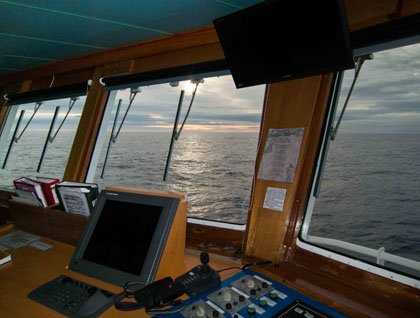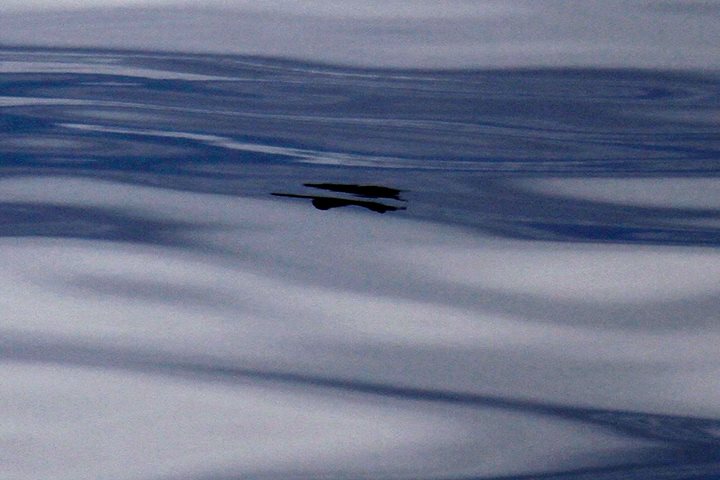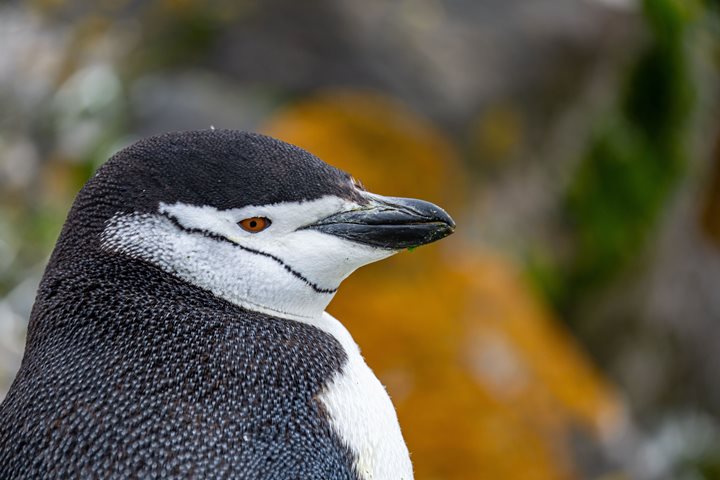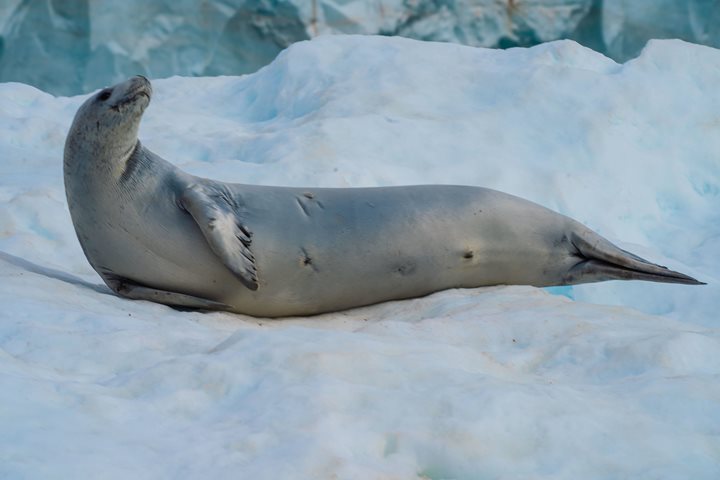Having left the southerly most port in Argentina, Ushuaia, last night setting a course for the South Shetland Islands, which mark the first landfall in nearly 600 miles between Tierra del Fuego and Antarctica, we struck out into the Drake Passage sometime around 2100 hrs. This fabled body of water first described by the privateer Sir Francis Drake in the 16th century has been the curse and bane of many seafarers. It's here where over 40 million years ago the two continental land masses split in two, Antarctica and South America, opening up the southern ocean into an unobstructed body of water capable of harvesting all the wind, waves, and fury the southern latitudes can throw at it.
With today's modern marine forecasts and sophisticated weather instruments on board we had a fairly good idea just what was in store for the first full day of our expedition to the Antarctic. Something no doubt the mariners of old would love to have had. Just as predicted we were thankfully graced with a rather benign crossing, of course this is all relative but with 3-5 meter seas rolling on long swells from our starboard quarter we were in for a smooth ride. A longtime parting of mariners being, “fare winds and following seas,” translates to a gentle push as you make way. Our ship having more than ample stabilization would even more diminish the effect of the seas providing a stable, smooth, and comfortable ride on the Drake. Just after sunrise it was clear that no great tales of triumph over the seas could be told even though nearly 20 knots of wind prevailed and steady 3-4 meter swells came and went.
One facet of joy when crossing the southern ocean is that of the passing of seabirds be it off the bow, astern, or port and starboard, the sight of their so well adapted forms to life at sea brings a sense of place like no other. The relatively light winds and low sea state we were experiencing may be a comfort to us, but the seabirds of the southern ocean it's a sad state. That being said we still managed to observe nearly 10 species of seabirds before breakfast. The naturalist staff on the bridge were all a bit surprised at the number of sooty shearwaters being seen so far from Cabo de Hornos and the neighboring islands where they nest, but never the less there they were in groups from a handful to a few dozen at a time with their telltale flight pattern visible for hundreds of meters. Fortunately we were able to see at good range the grand prize of all southern ocean birds, the wandering albatross, along with their much smaller but equally beautiful cousins the black-browed albatross. With a wingspan of over 10 feet, the wanderers take the prize for the longest wingspan of any living bird today, the black-browed measures in at just under eight feet on average, no slouch if you ask this author. Robert Cushman Murphy summed up the sensation of observing these masters of the wind, waves, and sea in a letter to his wife Grace while sailing the South Atlantic in 1912 like this, “I now belong to higher cult of mortals, for I have seen the Albatross.” For many today that statement holds true, I know myself I feel that way every time I see these birds at sea on the Drake Passage.







